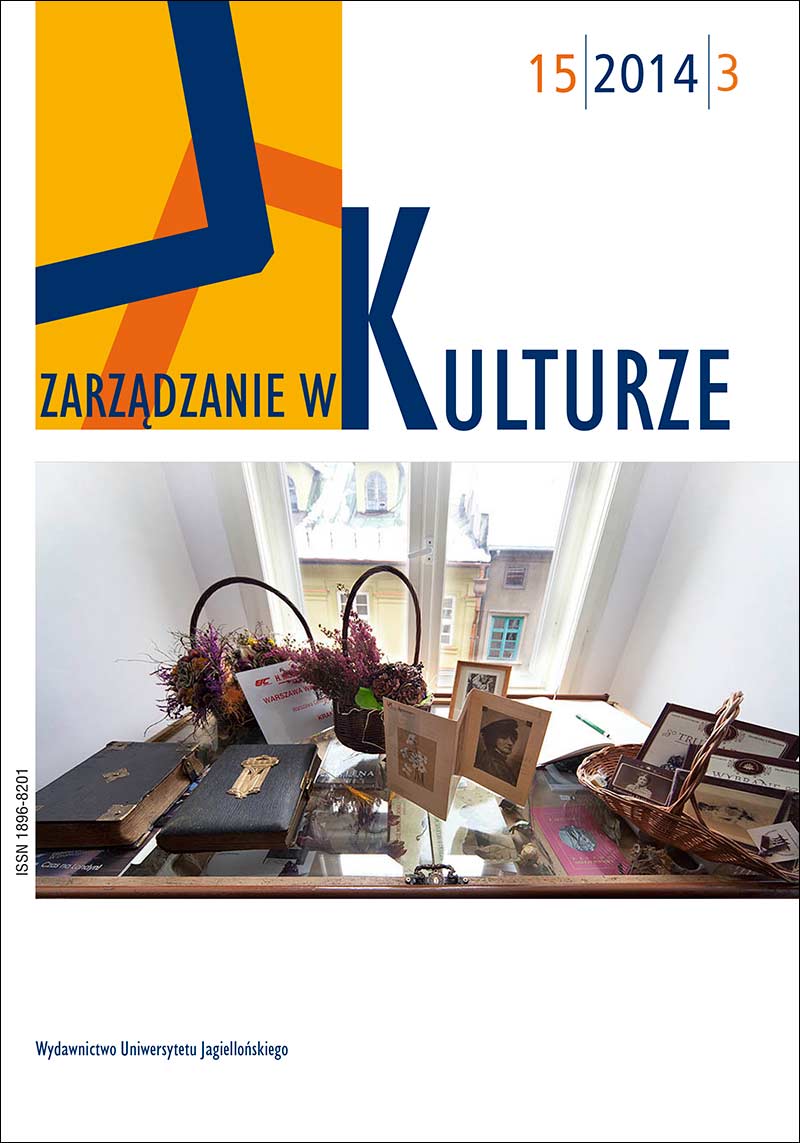Pamięć i tożsamość. Zabytki kultury materialnej z Listy światowego dziedzictwa UNESCO w Rumunii (krótka prezentacja tematu)
Memory and Identity. Tangible cultural heritage from the UNESCO World Heritage List in Romania (a short presentation)
Author(s): Ewa KocójSubject(s): Anthropology, Social Sciences, Fine Arts / Performing Arts, Sociology, Sociology of Culture
Published by: Wydawnictwo Uniwersytetu Jagiellońskiego
Keywords: tangible heritage; UNESCO; Romania; Orthodox churches; Dacian fortresses; historic cities; defensive fortresses; identity; collective memory
Summary/Abstract: In recent years the Romanian cultural heritage has been gaining more and more interest from European scholars. It is understandable, since the turn of the 20th and 21th century is regarded as the moment of the explosion of interest in the subject of heritage and collective memory. Romania, which in the time of Communist regime was a “stronghold” on the border of the East and West, can still boast unknown and unresearched monuments, which provide a lot of new information on Byzantine and post-Byzantine culture, as well as on the cultures of ethnic and religious minorities living in this country. This article presents the characteristics of cultural heritage management in Romania, as well as the most important institutions dealing with this. Tangible cultural heritage listed as UNESCO World Heritage Sites are presented, e.g. the painted orthodox churches and monasteries of Bukovina, the wooden churches of Maramure, the Dacian Fortresses of the Orăştie Mountains, and the fortified churches in Transylvania. The discourse around these monuments in the Romanian culture is also briefly commented on. It revolves around the ancient settlement myth referring to the Dacian heritage, the orthodox faith understood as fidelity to original Christianity and, gradually, the multicultural heritage of other ethnicities so strongly inhabiting the Romanian territory. It shows that Romania, just like other European countries, has the need to present its history through tangible heritage and emphasizing the Dacian-Roman and Orthodox identity, as well as the need to create new narrative and new post-communist countenance, with a clearly emphasized aspect of a multicultural country inhabited by various ethnicities and religions.
Journal: Zarządzanie w kulturze
- Issue Year: 15/2014
- Issue No: 3
- Page Range: 303-319
- Page Count: 17
- Language: Polish

